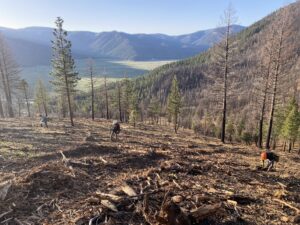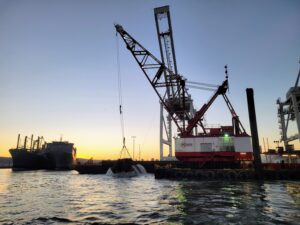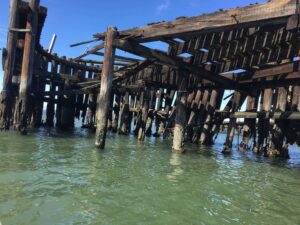It’s no secret that the Lange’s metalmark is dying out. This little orange-and-black butterfly was among the first insects in the U.S. to be listed as endangered in 1976 and has been dwindling for decades. Last year, none showed up for the annual survey of its tiny patch of known habitat amid an industrial part of the City of Antioch in the East Bay.
But Lange’s is a star among butterfly enthusiasts. Now, this butterfly on (or possibly over) the brink has been granted a bit of grace: $100,000 of Inflation Reduction Act money for conservation genomics. At a time when insect species are winking out in the Bay Area and across the globe, scientists hope this new science will help them sort out what can be done to keep this one charismatic butterfly’s genetic and ecological heritage alive. It’s one small piece of a much larger effort: IRA alone has put $5.1 million in the hands of the U.S. Fish and Wildlife Service to boost recovery efforts that target some 580 endangered species.
What makes this little butterfly so important, says Fish and Wildlife Service biologist Mark Hayes, “is its connection with the dunes, which are themselves a very unique geological feature in this part of California.” Isolated on the sandy banks of the San Joaquin River, the insects and the plants “evolved together, and created a community there.” That community is what they are now trying to save, along with the Lange’s metalmark.
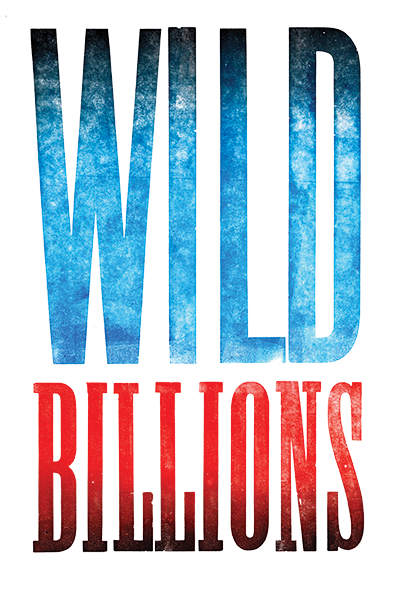
About this project: Bay Nature is reporting on funding for nature in BIL and IRA. Tell us what you think or send us a tip at wildbillions@baynature.org, and read more at our Wild Billions project page.
First described in 1938, Apodemia mormo langei was given subspecies status among the Mormon metalmarks by virtue of its unique wing pattern—which I, after staring at dozens of inch-long metalmark wings on the internet, could not distinguish.
Over Zoom, I am consoled by two lepidopterists (aka butterfly experts) who are working on the Lange’s project: Julian Dupuis, an assistant professor at the University of Kentucky, and Zachary MacDonald, a postdoctoral researcher at UCLA. “Don’t feel bad about that,” says Dupuis, laughing. MacDonald adds that “it was because of a little orange dot” that the Lange’s was protected. Now I saw: its front and hind wings bore an added flush of color, transforming it from a mere Mormon metalmark—a species found all over California and beyond—to a Lange’s metalmark, the federally endangered subspecies found near a specific kind of buckwheat native to the Antioch dunes, a tiny, 55-acre habitat on the banks of the San Joaquin River.


One of these is a Lange’s metalmark. The other is a Mormon metalmark. Can you spot the difference? (Left, Mormon metalmark by Bill Bouton via iNaturalist, CC-BY-SA; right, Lange’s metalmark by icosahedron via iNaturalist, CC-BY)
Scientists like Dupuis and MacDonald are hoping to answer two main questions: how imperiled, genetically, are the Lange’s? And is there another Mormon metalmark population nearby, like the ones in Mount Diablo or further afield in the Central Valley, that are genetically similar? Ideally, the research will reveal a candidate population of Mormon metalmarks—a group of genetic “cousins” of the existing Lange’s population—that could be reintroduced to the Antioch Dunes. And maybe, after all this, the population of Lange’s could rebound.
But that’s a pretty big “maybe”—especially given the failure of a captive breeding program, which began in 2007 and shut down twelve years later, after wild Lange’s numbers got too low for scientists to capture and rear any in captivity. The butterfly was last spotted in 2022, a single adult male. The real question, then, is one that neither Dupuis nor MacDonald can answer yet: Are we too late?
The Lange’s metalmark isn’t doing itself, or its conservationists, any favors. “If you want a study on how to go extinct, look at the Lange’s Metalmark,” jokes Bill Nownes, a docent at the Antioch Dunes National Wildlife Refuge, giving a tour in March. As we walk through the dunes, though, I can’t help but think it’s true. Step one: eat only one kind of plant, the naked-stemmed buckwheat (Eriogonum nudum var. psychicola), which is only found on these dunes. Two, reproduce only once each year to minimize your number of viable eggs. And three, be a weak flier with a tiny habitat range, just so you don’t accidentally improve the gene flow by mating with outsiders now and then.
Of course, we’re really to blame. The Lange’s was once well-adapted to life on the dunes—that is, back when its favorite buckwheat was still plentiful, and the dunes in question were at their peak. (The literal peak being 140 feet high—enough sand to tower above nearby homes.) Humans began digging up the sand, first to make bricks. Then, after the fires of 1906, they shipped sand wholesale to nearby reconstruction efforts.
Now, Nownes gestures towards what’s left: a 55-acre refuge, crowded by the industry of Antioch. Two refuge areas are separated by a gypsum plant, and hemmed in by a power plant, a contaminated former shipyard, and various other industrial businesses. This is the entire known enclave of the Lange’s metalmark (if it still exists) and its buckwheat—plus two other endangered species, the Contra Costa wallflower (Erysimum capitatum var. angustatum), and the Antioch Dunes evening-primrose (Oenothera deltoides var. howellii). “That whole area has been very developed, and we’ve probably lost a lot of populations that now we didn’t even know existed,” MacDonald says. He and other scientists suspect human development cut the Lange’s off from its extended family—without which the population became inbred and declined.
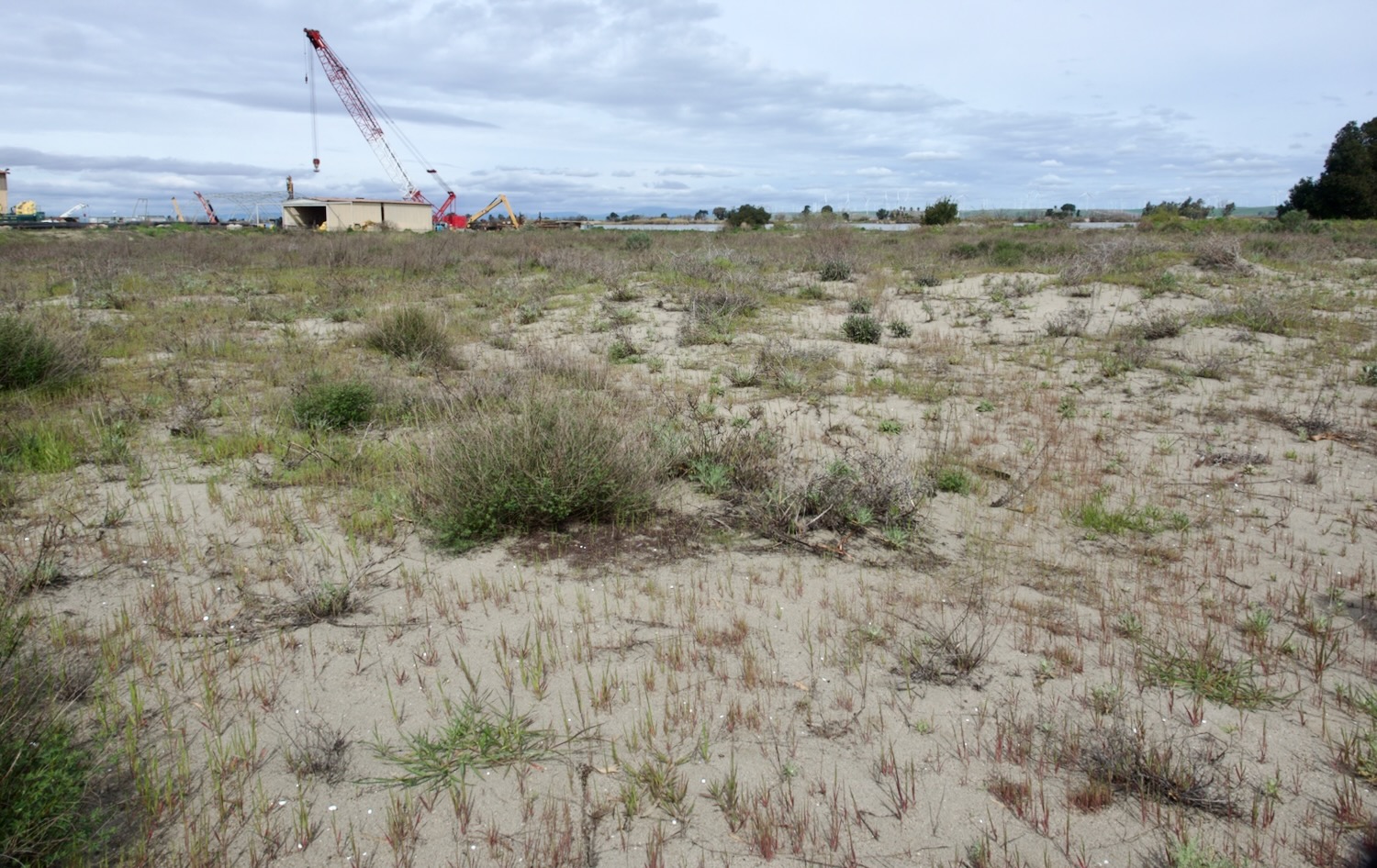
Since 1980, when the Antioch Dunes was established as a refuge, people have made several attempts to course-correct. Over 92,000 cubic yards of sand from the nearby Port of Stockton were dredged and dumped into the dunes—a collaboration of refuge and port that was prompted in part, Nownes notes, by a 2012 story in Bay Nature. At some point, Fish and Wildlife brought in cattle to try and graze down the weeds and grasses. The efforts have helped the evening-primrose and the wallflower bounce back. But not the butterfly.



Clockwise from left: The Antioch Dunes evening-primrose and Contra Costa wallflower, both endangered, and silver bush lupine all appear to be thriving in the restored dunes. The evening-primrose has yet to bloom (come back in April or May), and still bears the spiky stalks that burst their seed onto the world. (Kate Golden)
Enter the genomics project. MacDonald’s been working with the California Conservation Genomics Project, a UCLA-led, state-funded effort to sequence the genomes of imperiled species. He’s already sequenced a “reference genome” for the study on the Lange’s. For that, any old Mormon metalmark will do—and MacDonald picked one from the Central Valley, flash-freezing it to create a whole-genome “blueprint” to which other genetic specimens can be compared.
For the past two years MacDonald traveled up and down California, gathering butterfly samples at every turn—sometimes just a leg, sometimes an older adult male that had lived a full life. For the Lange’s samples, MacDonald made a call to the captive breeding program. Though it was shut down in 2019, the scientists involved with it were able to offer him ten samples of expired Langei. Now, all of these collected butterfly bits will be genetically lined up and matched with the reference butterfly.
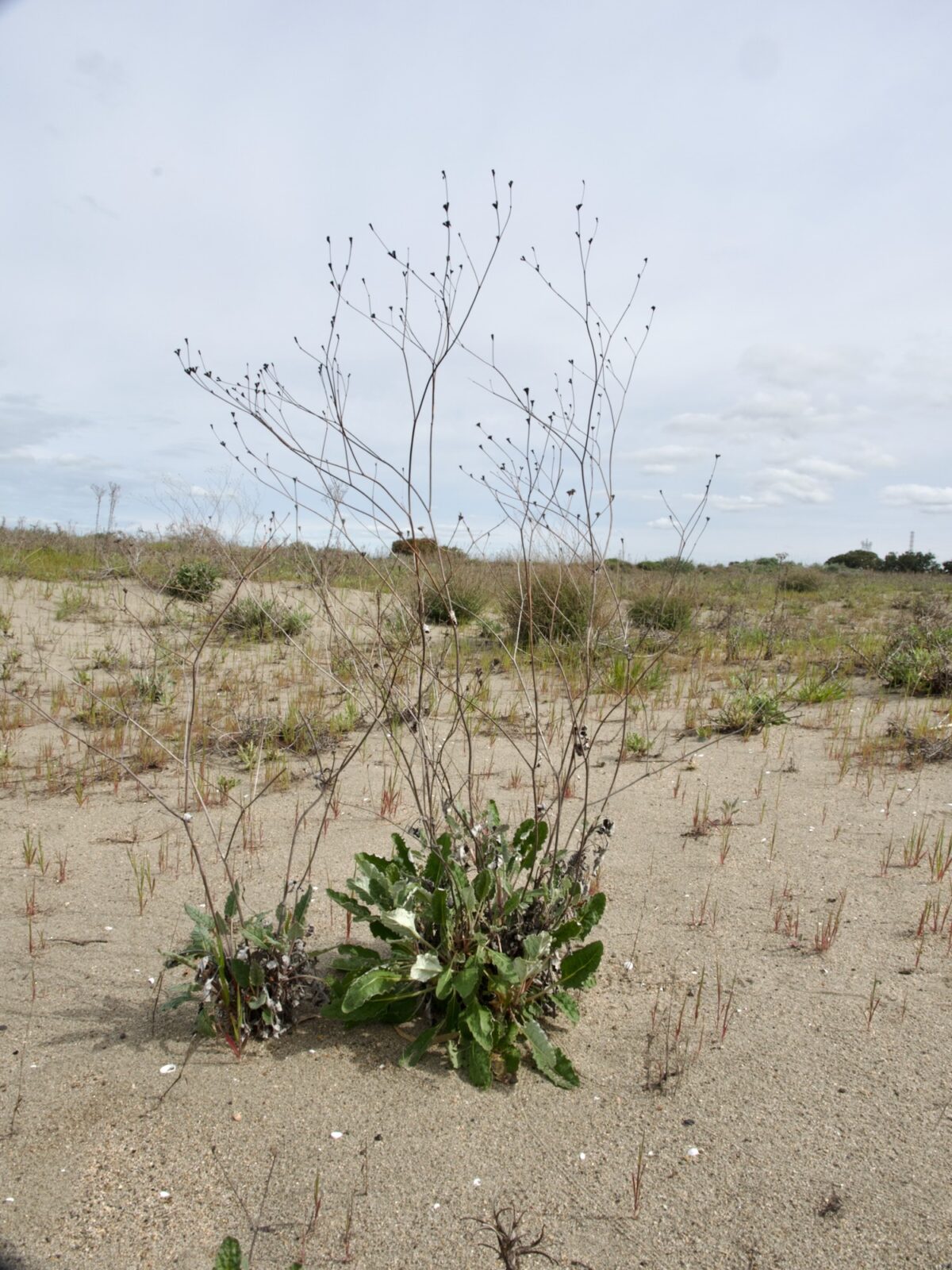
What they’re looking for is a butterfly population that’s closely related enough to the Lange’s that if introduced into the Antioch Dunes—and if there are any Lange’s left—the two could reproduce. And if the Lange’s is really gone, the newcomers might have a shot at reestablishing a buckwheat-loving, orange-and-black-winged butterfly population in the area.
But once scientists have elucidated the Mormon metalmark family tree, people still have to decide what to do. And often, they disagree. “Some people are like, ‘Let’s just start mixing things blindly,’” MacDonald says. “And then there’s people that are on the other side saying, ‘We need to keep the lineages pure.’ ” The choice, in MacDonald’s eyes, might be between pure Langei and no Langei at all. “You’re probably just gonna risk extinction, chasing these notions of purity,” he says.
Not to mention, the idea of a “pure” Langei is not exactly straightforward. Way back in 2015, graduate student Benjamin Proshek did the first genetic study of Apodemia mormo butterflies, collecting samples of over 400 Mormon metalmark butterflies in and out of California. He found that Lange’s is, in fact, not that special. Or rather, it is not the only special butterfly. While it is definitely a unique population, other variations of Mormon metalmarks he studied seemed just as genetically differentiated from each other. In a technical sense, a dozen or more butterflies he saw could be labeled as distinct subspecies, depending on the criteria.
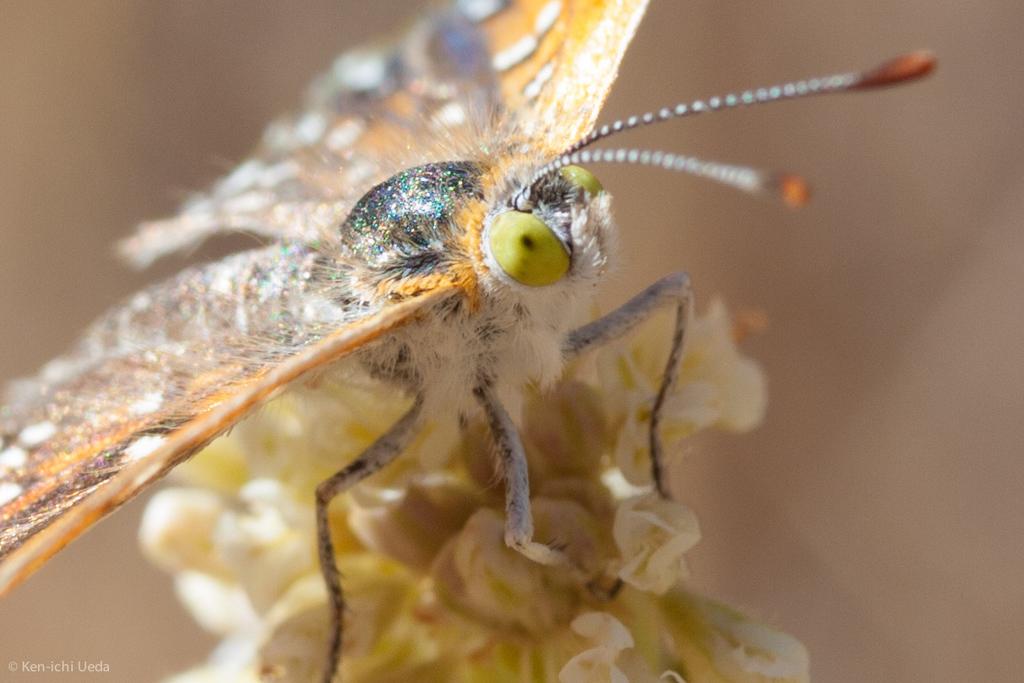
Now a museum specialist at a U.S. Department of Agriculture entomology laboratory, Proshek is excited to see this work continue, but with genetic technology that has leaped ahead since he last worked on it. “The difference is night and day,” he says. “It’s just several orders of magnitude more genetic data that is available at a fraction of the cost and time,” he says. More detail could be used to reveal more subspecies in the butterfly’s family. But that raises a question, especially in an era when conservation dollars are scarce: Can we afford to pay attention to every twist and turn in the genome, when many of these metalmarks look exactly alike?
As humans, we have a hard time conserving the species we know, let alone the subspecies, which is “an even smaller hair to split,” Proshek says. “At some point, subjectivity comes into play.” At the lab where he works, Proshek’s colleagues reckon with naming and categorizing insects, which he says still happens the “old-fashioned” way: Taxonomy is mostly informed by morphology (how a bug looks), not its genetics (the code underlying its uniqueness).
Lange’s metalmark, by virtue of its orange spot more than its genetics, has stood out to us enough to make a name for itself. Literally. “What makes Lange’s distinct, really, is that it’s been given a name,” Proshek says. “Whether it’s conserving something or studying it genetically, first you need something to hold onto it with—a name, a number, some bin to put it into so you can carry it around.” In the long list of conservation actions taken to conserve the Lange’s, from sand-dumping the dunes to surveying each stalk of buckwheat that it fancies, the act of naming it was the first—and perhaps the most significant.


